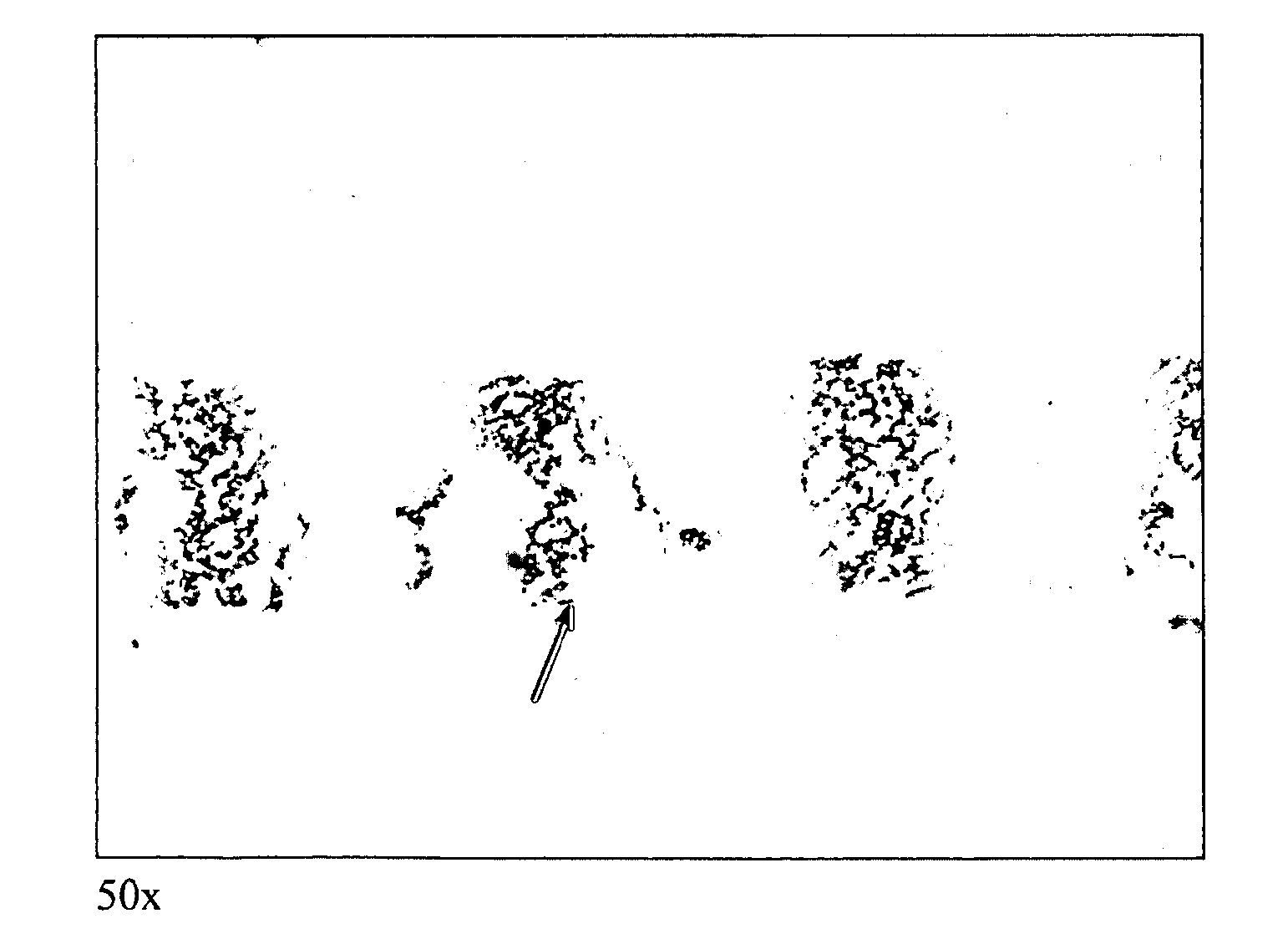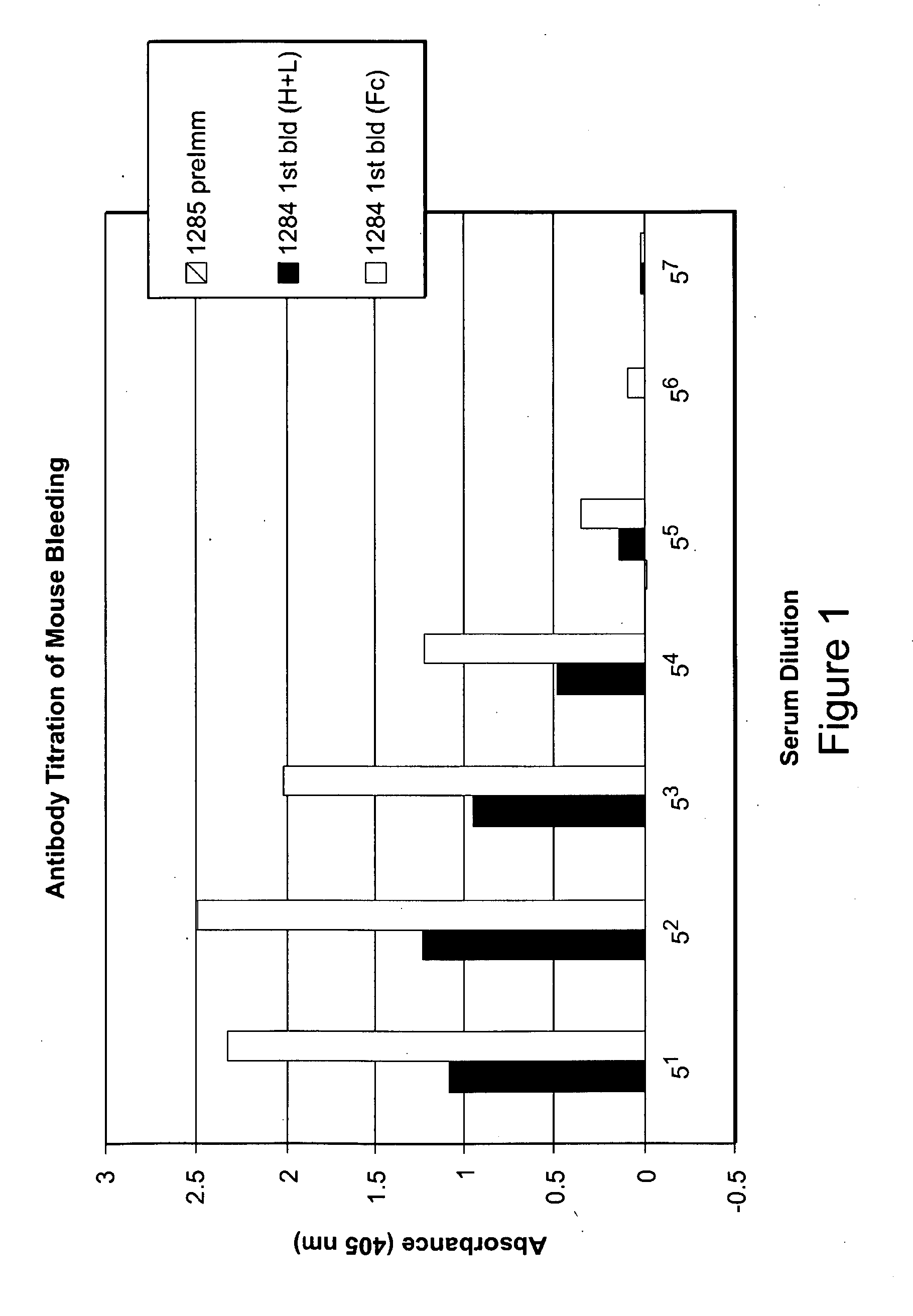Monoclonal antibodies against osteopontin
a monoclonal antibody and osteopontin technology, applied in the field of monoclonal antibodies against osteopontin, can solve the problems erroneous results, and achieve the effects of decreasing false positives, increasing accuracy, and reducing false positives
- Summary
- Abstract
- Description
- Claims
- Application Information
AI Technical Summary
Benefits of technology
Problems solved by technology
Method used
Image
Examples
Embodiment Construction
[0022]The present invention relates to reagents and methods for the detection of osteopontin fragments and distinguishing them from each other and from the full-length osteopontin protein. The present invention also relates to assays for the determination of the presence of osteopontin fragments in samples obtained from subjects and, further, the correlation of osteopontin fragment levels fragment levels with disease detection, progression and prognosis.
[0023]As defined herein, the term “fragments” refer to any peptide having the full-length osteopontin sequence less one or more amino acids including, but not limited to, splice variants, mutations, deletions, substitutions, etc.
[0024]As defined herein, the terms “N-terminal” and “N-terminus” of the osteopontin protein fragment refers to, for example, approximately amino acids 1-166 of the osteopontin protein when cleaved by matrix metalloproteinases, or portion thereof. Also, as defined herein, the terms “N-terminal” and “N-terminus...
PUM
 Login to View More
Login to View More Abstract
Description
Claims
Application Information
 Login to View More
Login to View More - R&D
- Intellectual Property
- Life Sciences
- Materials
- Tech Scout
- Unparalleled Data Quality
- Higher Quality Content
- 60% Fewer Hallucinations
Browse by: Latest US Patents, China's latest patents, Technical Efficacy Thesaurus, Application Domain, Technology Topic, Popular Technical Reports.
© 2025 PatSnap. All rights reserved.Legal|Privacy policy|Modern Slavery Act Transparency Statement|Sitemap|About US| Contact US: help@patsnap.com



